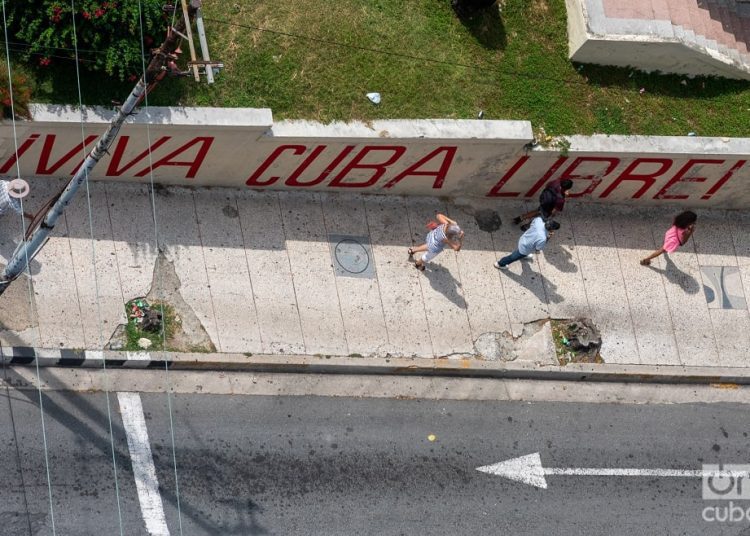When I was 21 years old, I discovered Juan de Mairena, by Antonio Machado, a fascinating mixture of all the subjects (society, politics, culture) and areas of knowledge, such as philosophy, literature, art, that most interested me. Now I know that the multiple vision of that professor who was conversing Socratically with his students, walking the paths of critical thinking, marked me forever.
In one of its most quoted passages, the following parable appears. Mairena says: “The truth is the truth, no matter if Agamemnon or his swineherd tell it.” Agamemnon replies: “He is right.” The swineherd replies: “We’ll see.”
With a frequent epigrammatic style in the book, the vast question of knowledge, consensus, power and social hierarchy appears there, as in a nutshell. I want to comment briefly on it from the perspective of a political culture in transition.
Conquered space
Soon it will be thirty years since the premiere of Manteca, a work by Alberto Pedro in which a family raises a pig in a bathtub and debates about the opportune moment to slaughter it. The work was premiered at the tensest moment of the Special Period.
When it comes to reality chronicles, this was (or is) an especially tragic and daring one. Pedro had already written Weekend en Bahía (1987), about the human anguish of emigration, and then Delirio habanero (1994), where he vindicated a great exiled artist and the music that unites us, by the way, without sensationalism or great resonance from the foreign press.
All of his works were shown to a full house. I remember that I saw Mar nuestro (1997), an epic drama in which three women command a raft, in the Mella movie theater, one of the largest theaters in the capital. Manteca, which has not stopped being used inside and outside of Cuba, would seem as current as then.
The list of plays and theater groups involved in social and political depths has been part of daily cultural life, and reviewing them would not fit here. From Molinos de viento (1984), El grito (1988), La familia de Benjamín García (1990), Los equívocos morales (1994) to Mecánica (2015), Cuban Coffee CCPC (2015), Diez millones (2016), the works of contemporary Cuban theater are a group as varied as they are intense.
Argos Teatro, El Público, Teatro de la Luna, Buendía, El Ciervo Encantado, have put and said everything on stage, according to my humble experience as a spectator. As well as in other provinces, Escambray, Teatro del Viento, El Portazo, La Fortaleza, Trébol Teatro, Espacio Interior, and many others. They have had to deal with the authorities, of course they have, but their mere trajectory and their production show their ability to prevail, without renouncing their values and artistic commitment.
Some habitual chroniclers of the Cuban reality seem to ignore the artistic and controversial scope of this manifestation, with independent groups using state theaters. Their relationship with the institutions is continuous, including confrontations, disagreements and negotiations. It is not reduced to a Havana-centric phenomenon, since it extends to the entire country. Although many come and go, have gone to live elsewhere or have returned after a season, according to MINCULT (Ministry of Culture) sources, stage artists (counting dance, light opera theater, ballet) stand at about 8,000, among the budgeted sector (6,000) and commercial (2,000).
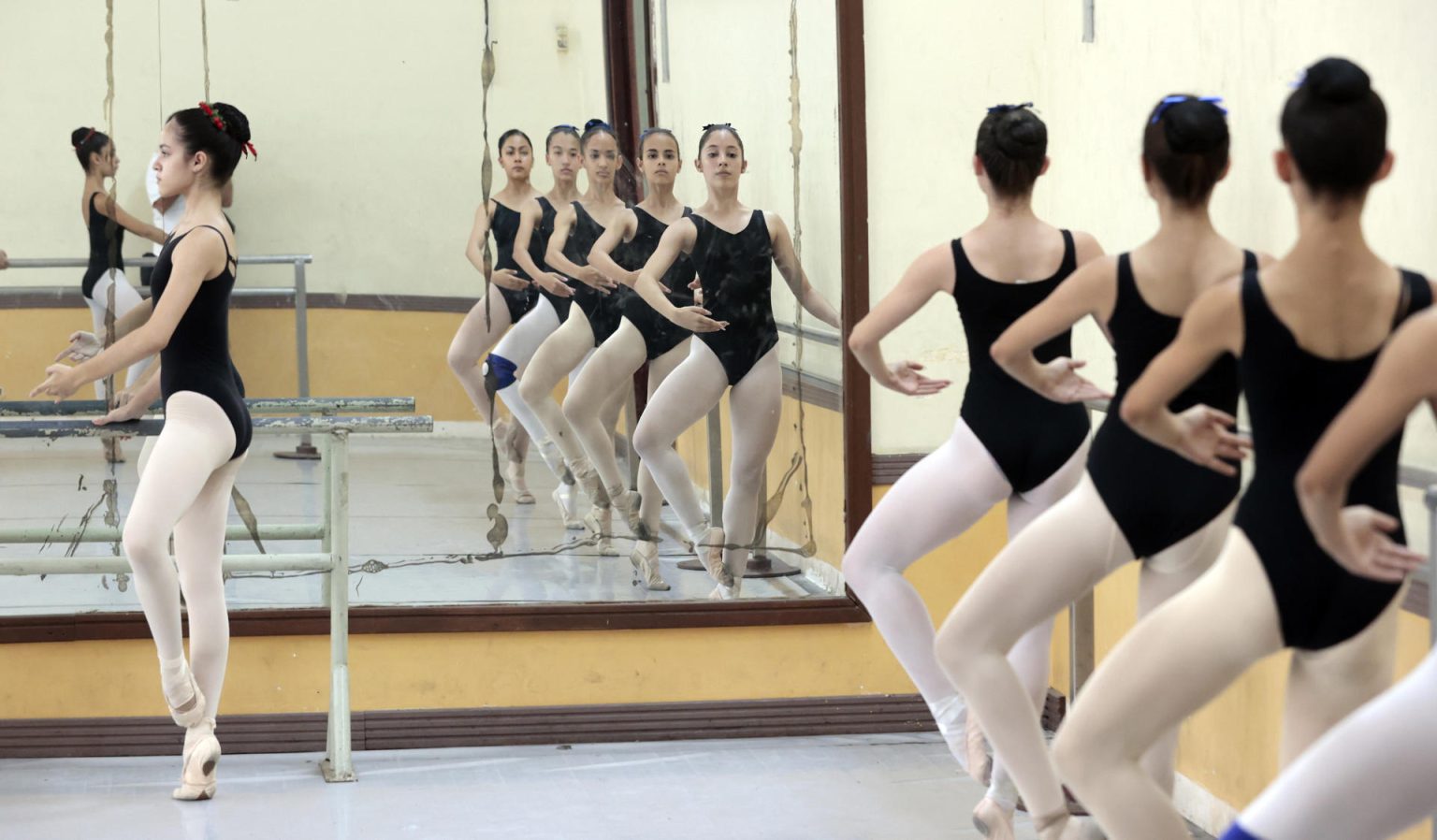
In a field — vessel communicating with the performing arts — of cinema — the pattern of production relations changed substantially since the Special Period. Although ICAIC (Cuban Institute of Cinema Art and Industry) protected them from the direst consequences of the Gray Quinquennium (1971-76), suffered above all by theater, artistic education, a part of literature, filmmakers began to diversify their relationship with state institutions in the 1990s.
First, because since then the economy of Cuban cinema has become mixed; second, because audiovisual creators set out to restructure those relationships and ensure a degree of autonomy, in an industry and art dependent on so many factors.
Among those filmmakers are the most prestigious directors of Cuban cinema anywhere. None of them seems to me to fit the Stalinist stereotype of “salaried workers docile to official thought” (Che Guevara dixit), “self-censored,” or who have become emancipated simply because their films are produced and shown abroad.
If that were the case, if they had decided to go and make “totally independent cinema” in the “free world,” or had given up on continuing to make films in Cuba, none of the events that have taken place in recent weeks in the field of Cuban cinema would make sense.
According to an official source from ICAIC, the list of independent audiovisual creators currently stands at 3,381, residing inside or outside Cuba. Without space to illustrate it in detail, I invite you to watch all Cuban cinema, especially since 1990 and not just the handful of censored films, to get an idea of its social and political content.
Here are some of my favorites from the last decade: La emboscada (Alejandro Gil, 2015), Esther en ninguna parte (Gerardo Chijona, 2013), La película de Ana (Daniel Díaz Torres, 2013), Conducta (Ernesto Daranas, 2014), Últimos días en La Habana (Fernando Pérez, 2016), Melaza (Carlos Lechuga, 2012), Vestido de novia (Marilyn Solaya, 2014), La pared de las palabras (Fernando Pérez, 2014).
Since I’m not writing a history book, and since my point refers to the space conquered among the artistic manifestations for the debate of ideas, I will not dwell on what the 14,000 plastic artists, the 10,000 musicians have done and are doing, or the more than a thousand writers registered in institutions such as the MINCULT or who belong to UNEAC (Union of Writers and Artists of Cuba). I just want to telegraph a few things.
The first, that the vast majority of them have not depended on a state salary for a long time, but work on their own (independent artist, not counted as self-employed) or on a temporary contract, in a very different relationship with the institutions.
The second, that the more than 5,000 plastic artists that make up the manifestation together with the “artisan artists” (more than half of the 14,000) have also had a history of controversy, dialogue, and negotiation with the institutions, since the 1980s. It was not for nothing that they made up a good part of the group that led the sit-in before the MINCULT on N27. Many of them exhibit works that are not exactly accommodating to the government, in museums, galleries and biennials, they live inside, outside, or on both sides, and some have even received the National Plastic Arts Award.
The third, that among those awarded are Pedro Pablo Oliva, René de la Nuez, René Francisco, Eduardo Ponjuán, Lázaro Saavedra, José Angel Toirac, and many others that no one with a minimal notion of their work would identify as pro-government.
To affirm that these Cuban artists and writers have kept silent in an act of “self-castration,” that they live under the iron “control and fear” imposed by a “totalitarian State,” that they have to resort to “symbolism and metaphors” to escape from censorship and being able to express the problems of society and politics, as in Franco’s Spain, is a bad reflection of the complex artistic production and its consumption by a large part of Cuban society here and now.
This vision undervalues the enormous presence of art, literature and thought in the public sphere, despite the prevailing material circumstances, in a country where access to the visual arts, theatre, dance, concerts, books, remains highly subsidized. But, above all, it belittles the ability of these artists and writers to defend their work in the current Cuban space, as something much more valuable and questioning than “political propaganda.”
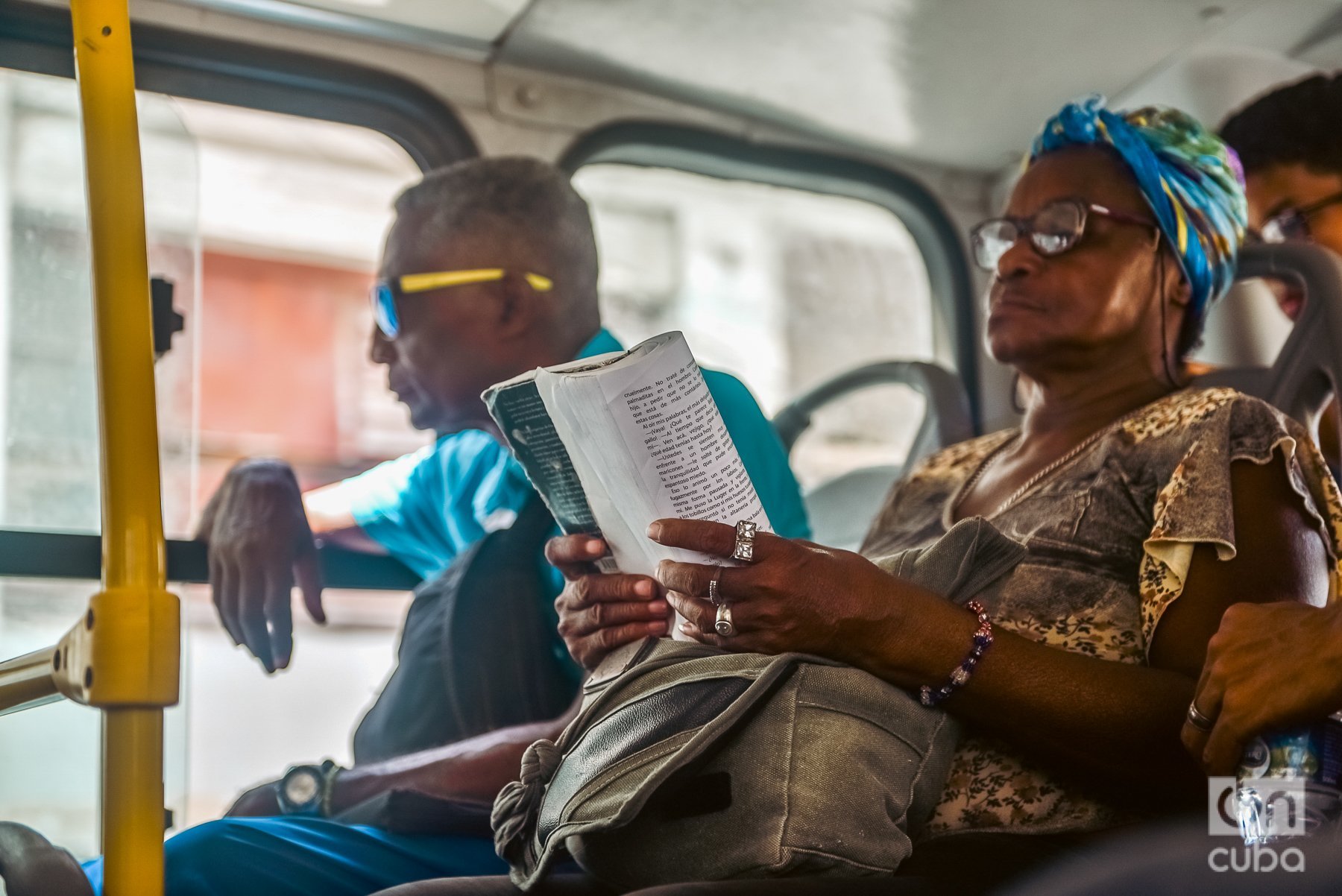
In that rather grotesque tableau with which some construct Cuba, the public ends up being a crowd fearful that State Security will surprise them reading works printed abroad, such as those samizdats (clandestine literature) from the Soviet era because what Cuban editorials and magazines disseminate is little less than ideological garbage.
Finally, and speaking of the role of culture as a mirror and transcendence of the present, do not forget that this is not reduced to art and literature. So that when the historians of the future want to reconstruct the society of the transition, as of the Special Period, they will not only have plays, films and novels; for sure.
To appreciate the dynamics of the changes, they will have access to the works of the social sciences, not only by economists and political scientists but above all by sociologists, social psychologists, anthropologists, who have been investigating for decades the royal families, community life, interracial relations, inequality and poverty, the causes and ups and downs of emigration, the boom of certain churches and religions, racism and other forms of discrimination, crime and its causes, daily life, transformations in consciousness and in the behaviors of human beings. And that they have found magazines and publishers in which to publish their results, if not on paper, which has been absent since 2019, in digital format.
Given that Havana and its neighborhoods, where the plots of Cuban novels and films almost always take place, are barely 20% of the island’s real society, these historians will also be able to consult everything produced in universities and cultural institutions in areas that never appear on the map of the chroniclers of the West, and that for some are often nothing more than “landscape.”
Although it may be inconceivable for many, not all Cubans are dying for the Industriales baseball team to win; relevant data, by the way, for culture and also for politics, if it is about understanding them. And I say it with all due respect, I don’t follow any team, except team Cuba wherever it plays.
Politics and “command habits”
It was at the most compromising moment of the 1990s crisis that Fidel Castro once again met often with artists and intellectuals. The issues raised in those meetings did not refer so much to freedom of expression, but rather to social and political issues, such as the survival of forms of racism (prejudices, stereotypes, discrimination), both in the minds and in institutional behaviors, in the control of hotels and public order, in the selection of personnel for tourism, as well as in the identification of poor neighborhoods as marginal, and marginal people as criminals, etc.
In those debates, which lasted for hours, Fidel began thinking in one way and ended up sharing other visions. The same thing happened when some negative opinions were discussed about a controversial film, released in movie theaters, and which he had heard of through some close friends.
The main value of those exchanges, naturally, had not consisted in sharing collective catharsis, but in mutual clarification of essential concepts for politics and culture, having adopted decisions without waiting for the problems to ferment, and having fostered spaces for dialogue to channel them Thirty years have gone by.
Without that production of meaning that characterized Fidel’s style, the exercise of politics is reduced to apparatuses and mechanisms, to “perfect” their operation, to build a system of norms and regulations and apply them; in short, the administrative and legislative side of institutionalism; or to a certain media management, which often consists of editorializing about problems of all kinds through phrases and adjectives.
Politics thus ends up submerged in a pool of ideologems, of truths dried up by force of crushing, in mistaking “principles” for a table of commandments where it is assumed that “if justice is on our side,” everything we do will go well and will prevail. Seen thus, doing politics is restricted to using the mechanisms of state power; and to conceiving that power to impose decisions, not to build hegemony.
When it is said and repeated that we have “problems in the knowledge of history,” or “cultural deficits in education” are listed, anyone can think that it is a school matter, consisting of reviewing programs, etc. I wish it was nothing more than that.
The omitted and rigid vision of the revolutionary process, the one that is reproduced in the media and in the anniversary speeches, the hagiographic and ritual tone with which the past is recreated, is expressing a fundamental cultural deficit, which has repercussions in the sense of politics as a social activity, and in its reproduction. In other words, how you learn to exercise it and see it from below.
For those who, socialized in that political culture, exercise power thinking that they are doing politics or practicing it, and for those who see it “from below” as alien or impregnable, it is logical that the political ends up being perceived as “command habits” (Martí dixit), structures, devices, routines, with which a personal bond is built, neither from above nor below, a subjective relationship, of belonging or participation, because it is difficult to be captivated by an apparatus, a plan or statutes that are characterized by their rigidity.
Although many do not see it that way, the barometer of our deficiencies is not so much pork as that political culture, whose deficits prevent us from thinking with a different mind about the challenges of the present, above and below.
It has legions of symptoms: adopting economic recovery programs that have to be modified before most of its lines have been applied; lack of the necessary transparency to argue before others the justice of the Cuban medical cooperation policies and of court rulings; ideological voids that, like bubbles, end up filled with anything. The way in which politics is projected in the media, in harangues, in the street mirror, reveals a fundamental deficit to reproduce, analyze, process, and transform it; instead of justifying or denying it.
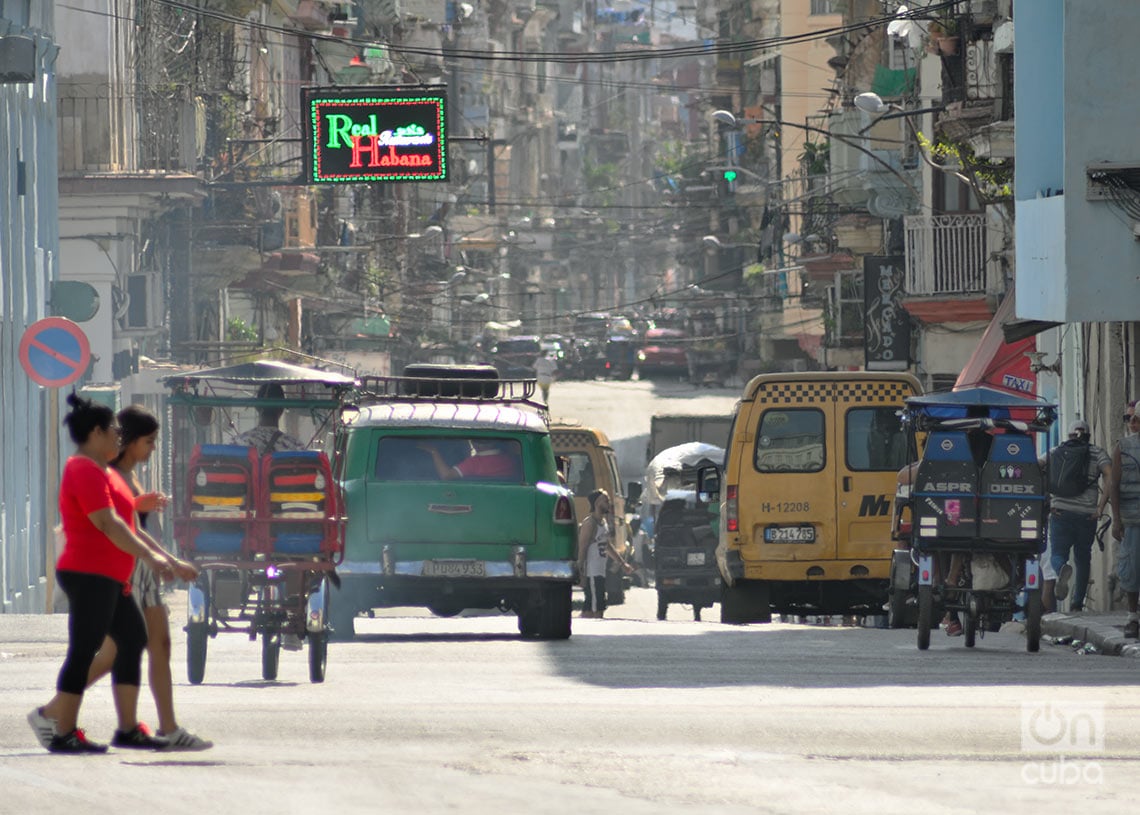
Let’s take, as a sample button, what is defined as inside or outside “of the socialist system.” If we continue to call state enterprises “the socialist sector of the economy,” where 28.8% of all employed persons work, in what system are the 34.9% of those who make up the non-state sector employed? Do they think that capitalism has already taken the reins, through its “fifth columns,” the SMEs, whose wings and everything that can be clipped should be clipped? If the impression grows, among Tyrians and also among some Trojans, that even if the door to capitalism is closed, it is easier for it to multiply within, it is because of the gap between the agreed policy and the applied one. The cost of this gap is always very high because it affects the credibility of the policy.
It should not be so difficult to explain that the Cuban Revolution, in its most intense stage of takeoff and radicalization, not only maintained but successfully and creatively used resources originating from capitalism and liberalism, because not everything is terrible in any system.
The most advanced of our political thought emerged from the liberal tradition, just as the previous revolutions produced a political culture, in the midst of a capitalism more dependent on the United States than any other, from which the revolutionary process itself germinated, “as Cuban as palm trees,” as we said in 1961. It is often forgotten that after the most radical changes since 1960, state enterprises coexisted with 58,000 small private enterprises, until 1968.
The political and social process that we call socialism has devalued more than the Cuban peso compared to currencies; and it will not be able to recover as quickly as we would like, because it does not refer to monetary policy techniques, not even to a simple economic recovery.
What is dangerous is not that SMEs and their workers grow, but rather that they do so on the margins of a new socialism project riddled with remnants, which treats them with suspicion, as spurious, illegitimate creatures, invited at the last minute to deal with what has gone wrong in State-centric socialism “because of the blockade.”
What is fatal is the entrenchment of a conservative, closed-minded attitude, which claims to defend the old socialism as if it were the blood and body of our founders; and whose anti-system version breaks down into ultra-conservative and imbecilizing attitudes, into the delirium about a non-existent world out there, which operates by contagion in groups, and in real and digital social networks. The worst thing is that this socialist political culture has fermented, due to a lack of intelligent cultivation, to the point of giving shoots capable of breathing in the same hyperbaric chamber as Donald Trump and the Republican Party.
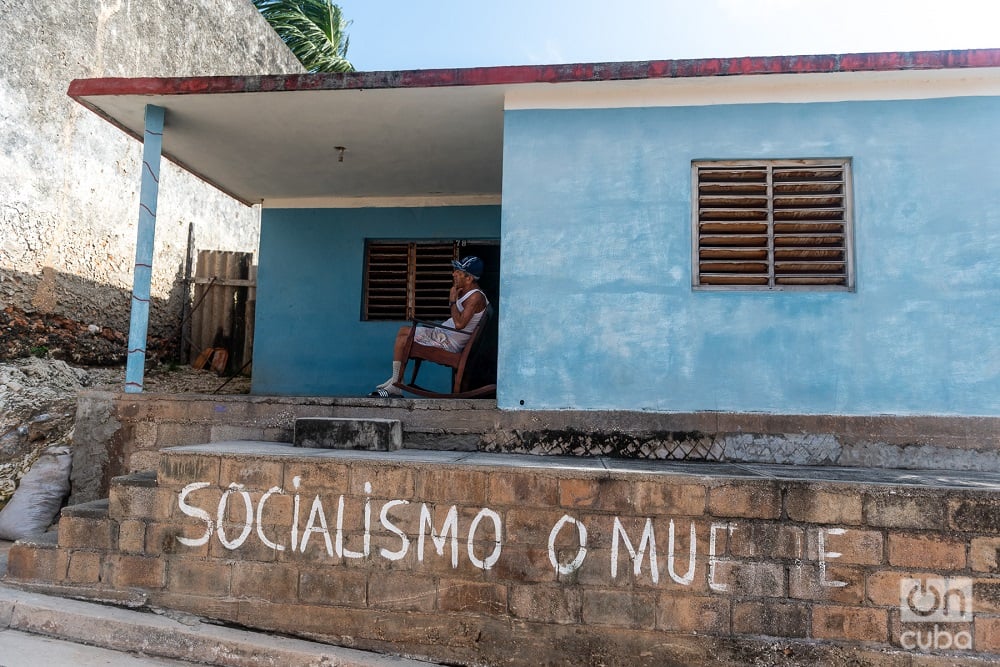
A few more words
Democrats with everyone and for the good of all those who think like them; the arrogant and ignorant bureaucrats; the know-it-all and superficial intellectuals; artists in search of censorship and notoriety; the new rich even more ignorant and just as arrogant; those who manufacture a political art aimed at manipulating the discomforts of an exasperated or ignorant public; those who prefer to govern by decree rather than by consensus; those who dream of reconciling frogs and scorpions; those infected by what they read on social media… What do we do with them? Do we put them on an island of ice, like the Eskimos, so they keep feeding each other until the glaciers melt?
I don’t think so.
Living together requires dialogue and debate of ideas to be the norm, not the exception or the fire extinguisher resource. That they be fulfilled based on a political will exercised and monitored from top to bottom so that they are not devalued along the way. Remember that, let’s say, Fidel Castro never trusted the reports that came to him from the territories, and for this reason, not only because of the strategic guerrilla style that accompanied him, he ruled from a jeep that went everywhere, without warning. Those who rule must not forget these lessons, especially if decentralization allows rulers and citizens to converse daily, without the need for a jeep.
If the Party considers it an essential practice for the architecture of the socialist consensus to maintain a dialogue with artists and intellectuals, and listen to their opinions, perhaps it would be advisable that ministers and secretaries of the PCC (Communist Party of Cuba) not miss a play, an art exhibition, a concert of those that are discussed on the networks more than in Granma, a controversial film seen in a movie theater, where the reactions of the public are palpable without the need for intermediaries.
If artists, writers, social scientists and other intellectuals were invited to the sessions of the municipal assemblies, or to the commissions of the ANPP (National Assembly of People’s Power), they could have an experience of what problems and how they are discussed, what is said and done inside there, and the unique opportunity to witness politics live and direct. Even if they don’t have a vote, just a voice, their comments could be useful. Closed-chamber politics is like a plant outside the environment in which it is kept alive.
Unusually, the last session of the ANPP was fully broadcast on TV. I don’t remember if any of the 17 deputies who are artists intervened in the debates. Of the 21 university professors, some mentioned experiences of cooperation like the ones mentioned above between academic institutions and local authorities. The most unusual of all the interventions, however, was that of the only enterprising deputy.
His speech questioned the premises for which various members of the Council of Ministers and leaders of the Assembly itself based themselves; with mastery and coherence, without ideological disquisitions on the old mentality or abandoning his pondered and even-tempered tone. He told them everything.
I don’t know if those who write about freedom of expression, what young people think, and the space for dissent in Cuba can be interested in the words of this deputy; or those of a young history professor who spoke of hopelessness among young people at a Mesa Redonda Cuban television program; or those of a business consultant who argues against the government economic speeches delivered in the ANPP.
All of them expose themselves more than those who throw stones every day on social media; many of them from distant cities. Outside of here, nobody knows who they are, because they are not interviewed by El País or The Washington Post. Perhaps it is because, despite their underlying criticisms, none of them take anti-government poses. However, with their courage and determination, they are contributing more than others to transforming the system from within.
As Agamemnon’s swineherd would say: “We’ll see.”

